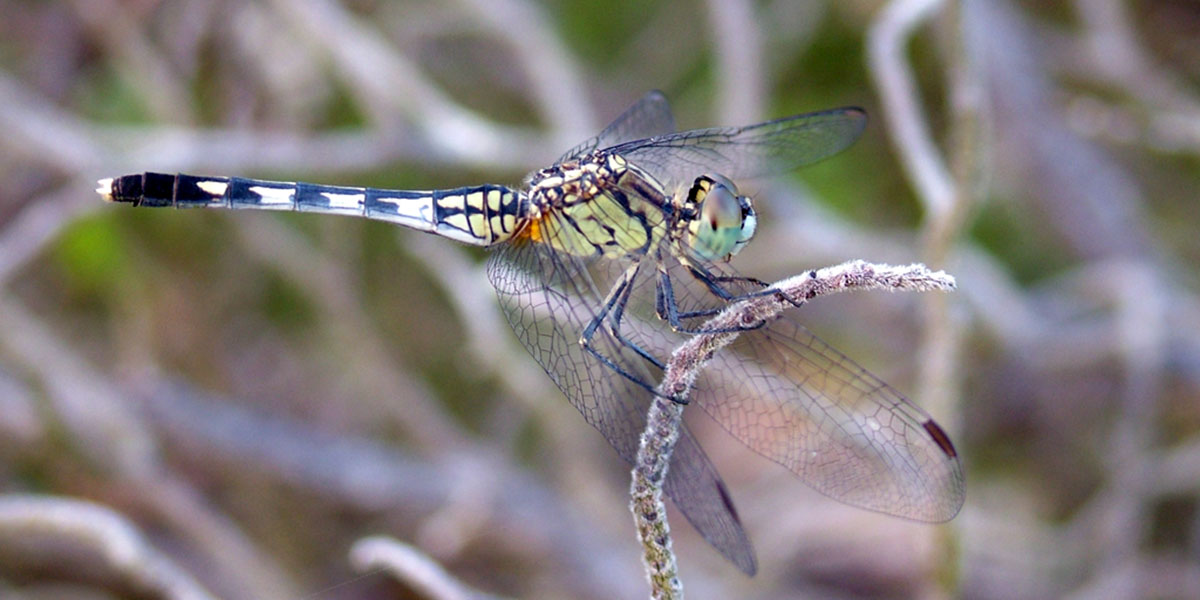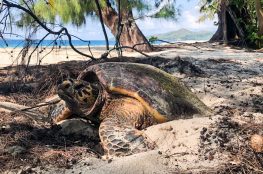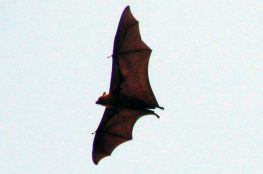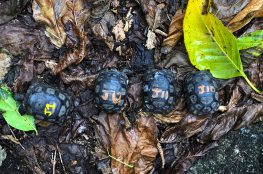Two young people from Anse Etoile came into our office bearing gifts today. They had four jars holding dragonfly nymphs that they’d fished out of their pool. Did we want to keep them? they asked. We offered to house them at the Sanctuary at Roche Caiman, the wetland which is inhabited by an abundant invertebrates population dominated by dragonflies and damselflies and includes palm spiders, slugs, mangrove crabs and stick insects. We were keen to diversify the wild life in the Sanctuary. As they are in larval stage we will keep them in a safe place, away from the fish.
This got me thinking about the wonderful world of mini-beasts, the most numerous and diverse of species of animals.
The term mini-beasts applies to various invertebrates such as insects, spiders, ants, butterflies, bees, wasps, and beetles. Many can be seen – and studied with the naked eye or a hand lens – on leaves, tree barks, in the soil, and in water. But this world of wonder and invention mostly goes on unobserved.
Take dragonflies and damselflies for example. These masters of the air are adapted to hunting while flying and can catch other flying insects in mid air. They have huge alien-like eyes, which help them spot insects from 12 metres away in almost any direction. When they attack their prey, their legs spread out.
When you see a female dragonfly hovering vertically and stabbing its abdomen into a water surface, it’s probably laying eggs. Dragonflies lay eggs either below the water surface or into plant material. And dragonflies skip the pupae stage of the life cycle altogether. Those nymphs that were brought into our office could molt as many as 15 times before emerging as adults.
Dragonflies are special. Like other mini-beasts they can provide hours of learning and fun for adults and children alike. If you want an enjoyable outdoor activity, then a mini-beast safari at a habitat nearby could be the thing for you. Children are fond of pond-dipping at the Sanctuary at Roche Caiman where they come up with all sorts of interesting insects to identify and study. You will find mini-beasts in your garden, in rivers, ponds, marshes, grass, woodlands, and the sea shore.
Not everyone is enamoured by the idea of looking at insects. And some can be pests and cause damage. But we can’t do without them altogether. Their ecological services are sometimes even crucial to our survival. They are an essential link in the food webs of the planet. The dragonflies for example help control mosquitoes and are in turn prey for birds and fish. More importantly, invertebrates help in recycling organic matter in many habitats. Some of them, such as bees, are so important as pollinators that it is said if bees were to disappear, man-kind would soon perish.
It’s important for us to discover the world around us, whether by physically observing it or by other means. Nothing beats actually lying in the mud, turning over a log, seating by a pond or even dipping into one and observing the life within.
Liz Mwambui is Nature Seychelles’ Communications Manager




